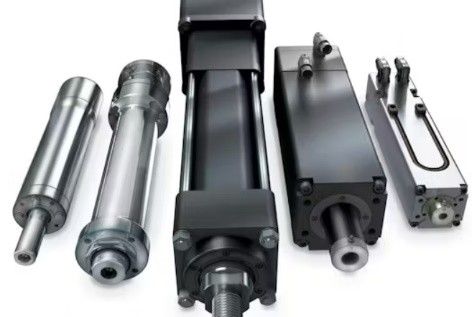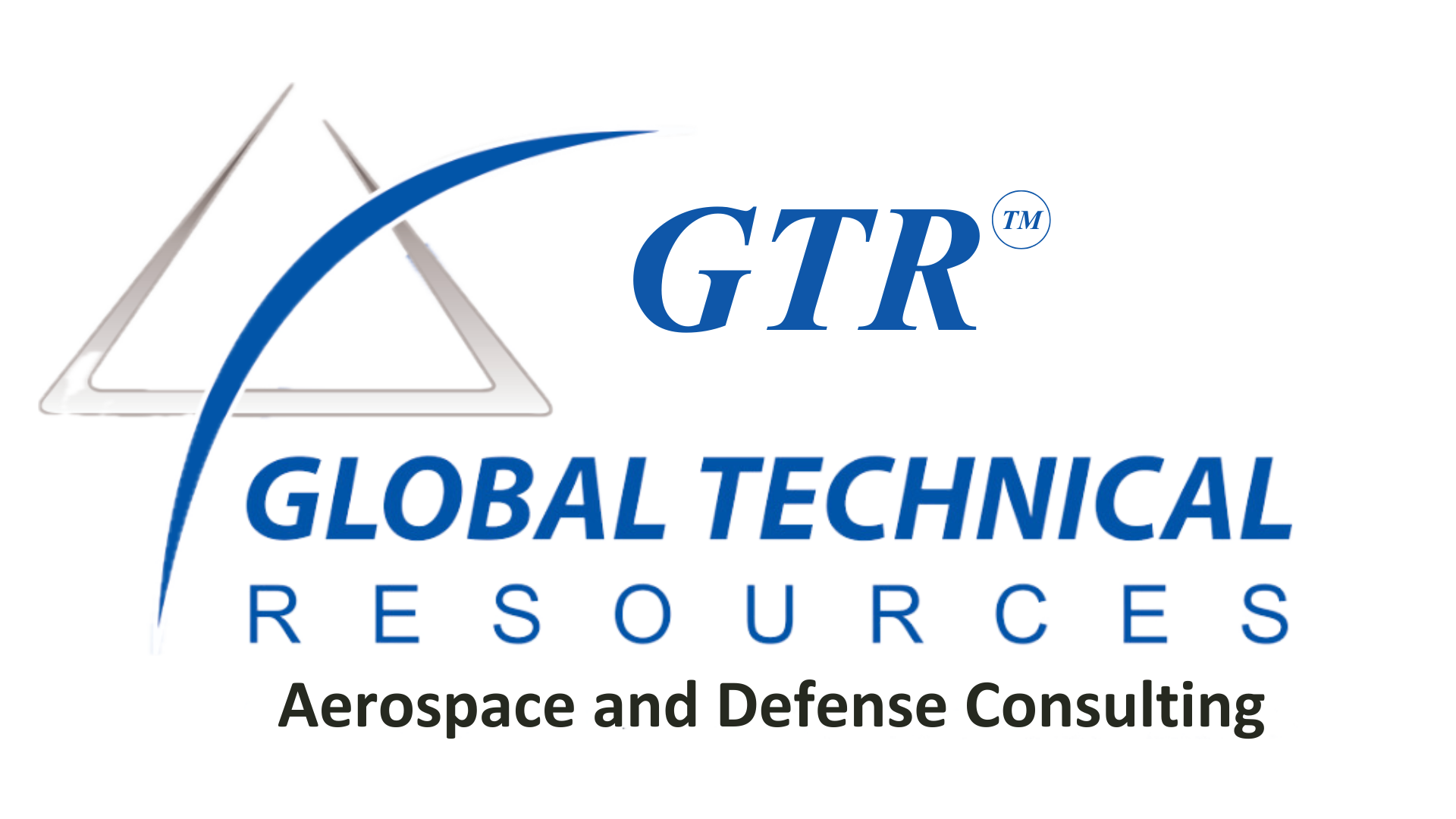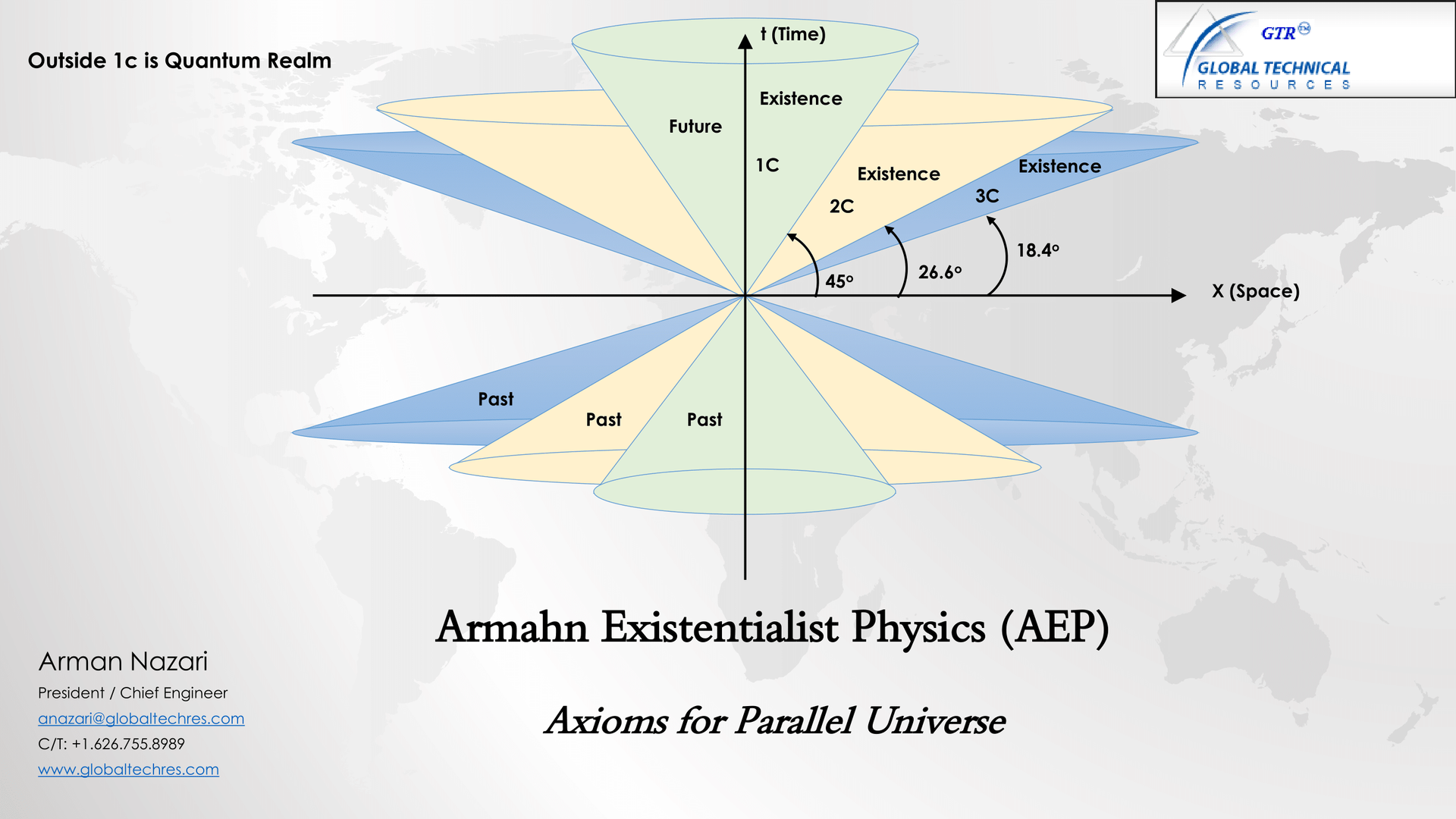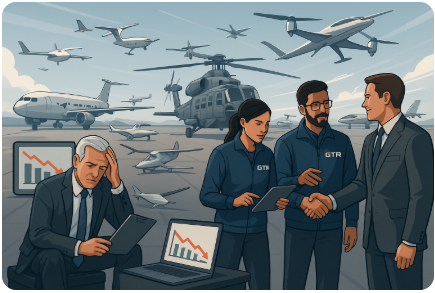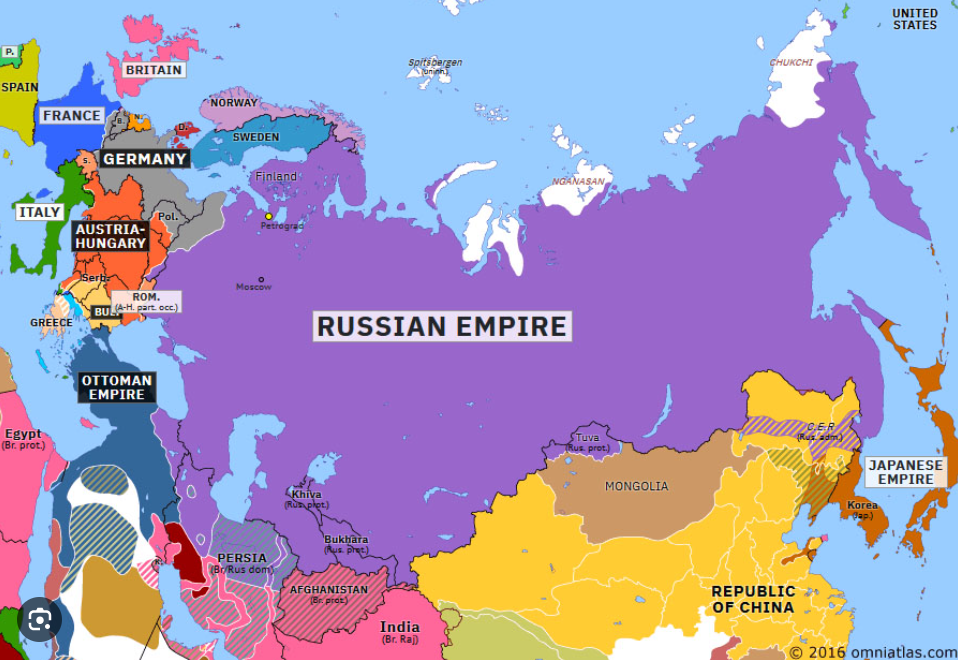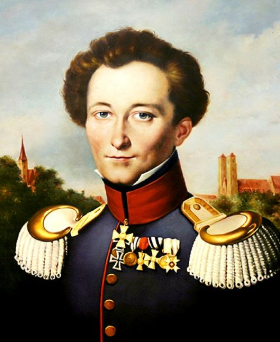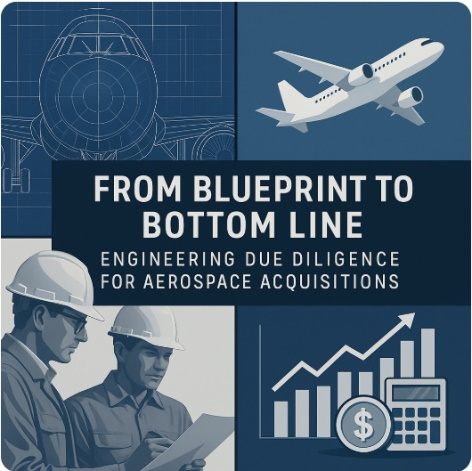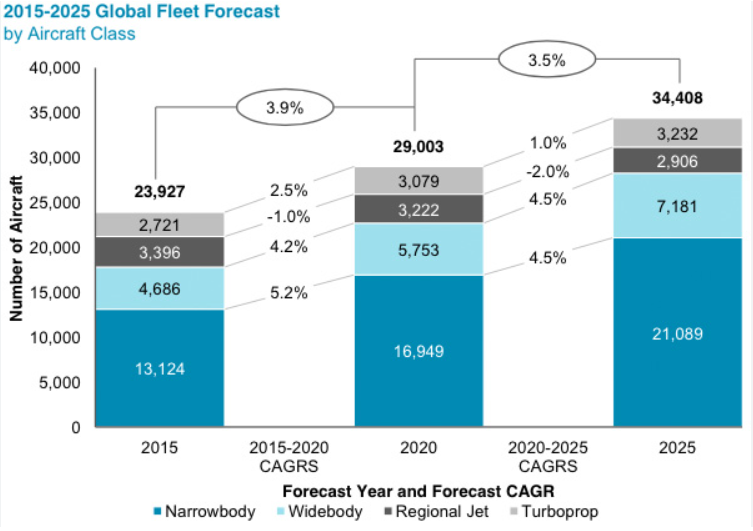ARTICLES
Follow Us
Be the first to know
The Quiet Revolution in Aerospace Actuation: From Hydraulics to Electrification
By:
Arman M Nazari
President,
Global Technical Resources | Aerospace & Defense SME
For decades, aerospace actuation has been dominated by hydraulic systems, powerful, proven, and precise. But as the industry pivots toward electrification, particularly in the race for zero-emission aircraft, actuation is undergoing a silent but significant revolution.
Electromechanical actuators (EMAs) are emerging not just as replacements but as enablers of the next generation of flight. From control surfaces to landing gear, door mechanisms to thrust vectoring, EMAs are displacing traditional hydraulics due to their lower weight, reduced maintenance, higher reliability, and improved energy efficiency. The shift is especially critical for electric vertical takeoff and landing (eVTOL) aircraft and regional hybrid-electric platforms, where every kilogram saved directly improves range and payload.
Why Now? Technology Caught Up
Historically, EMAs were limited by torque, bandwidth, and thermal constraints. But with advancements in brushless motors, wide-bandgap semiconductors, digital control algorithms, and high-power density batteries, EMAs now offer performance levels once reserved for hydraulic systems. High-authority, fail-safe architectures are also proving themselves in primary flight control actuation.
Additionally, the convergence of fly-by-wire (FBW) systems, integrated health monitoring, and predictive maintenance has made it possible to deploy "more electric" or even "all electric" architectures with confidence. Programs like Airbus’ E-Fan X and NASA’s X-57 Maxwell laid much of the groundwork. Today, companies like Archer and Joby Aviation are applying these lessons on a scale.
Tier 1’s Role in Transition
Tier 1 suppliers must reimagine their value propositions. The opportunity isn’t just about swapping hydraulics for EMAs, it’s about vertically integrating motion control, electronics, and embedded intelligence into a lighter, modular, certifiable product line. This shift demands expertise in not only mechanical design but also power electronics, thermal management, software, and electromagnetic interference/electromagnetic compatibility (EMI/EMC) compliance.
As original equipment manufacturers (OEMs) demand ever more integrated systems, Tier 1s that bring electro-thermal-mechanical co-design capabilities, will lead. The winners will be those who can deliver smart, certifiable actuation systems that meet DO-160 (Environmental Conditions and Test Procedures for Airborne Equipment), DO-254 (Design Assurance Guidance for Airborne Electronic Hardware), and DO-178C (Software Considerations in Airborne Systems and Equipment Certification) requirements, while remaining cost-competitive at high production volumes.
Certification and Safety: Not Afterthoughts
Electrification doesn’t exempt actuation from the rigorous certification regime of aerospace. Safety-critical actuation, especially for flight control, must meet strict redundancy, fault tolerance, and failure mode analysis requirements. The Federal Aviation Administration (FAA) and European Union Aviation Safety Agency (EASA) are closely watching new eVTOL architectures to ensure compliance with Part 23, Part 25, and emerging Special Condition for VTOL (SC-VTOL) standards.
Early engagement with regulatory bodies and robust Model-Based Systems Engineering (MBSE) practices will be key to accelerating time-to-market while reducing certification risk. Functional Hazard Analysis (FHA), Preliminary System Safety Assessment (PSSA), and detailed Failure Modes and Effects Analysis (FMEA) are no longer optional, they're critical milestones on the road to Type Certification.
Looking Ahead: Actuation as a Strategic Enabler
In electric aviation, actuation is no longer just a mechanical subsystem, it’s a strategic enabler of maneuverability, autonomy, and energy optimization. Variable-pitch props, tilting rotors, morphing wings, and distributed propulsion all depend on precision actuation. In this context, actuation isn’t just about moving parts, it’s about controlling performance.
The shift to EMAs is also a steppingstone toward fully adaptive flight control systems and health-aware airframes. With digital twins and continuous monitoring, actuators will soon not only respond to commands but predict failure, optimize operation, and feed data back into fleet-wide analytics.
Final Thoughts
The transition from hydraulics to electrification is not a future vision, it’s today’s quiet revolution. For aerospace suppliers, this is a call to innovate, retool, and lead. For OEMs and startups alike, choosing the right actuation partner could be the difference between prototype and production.
